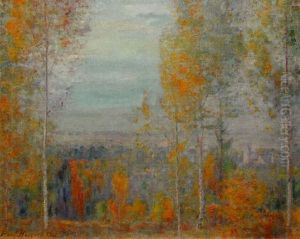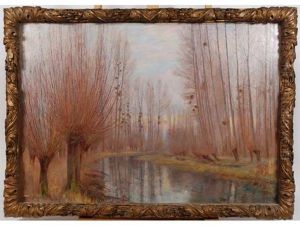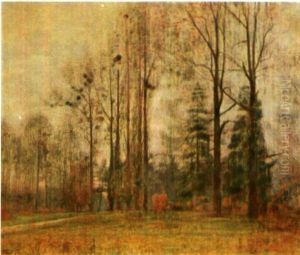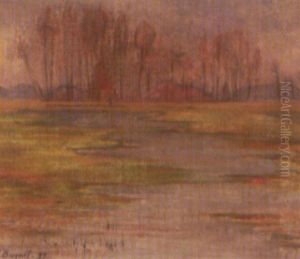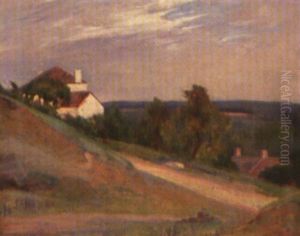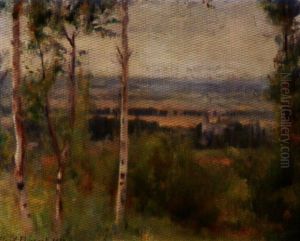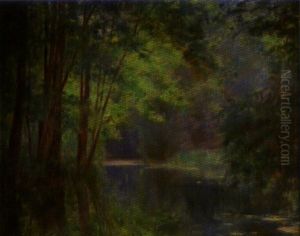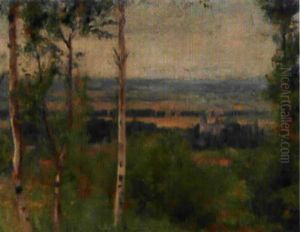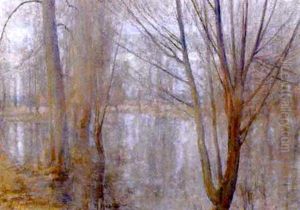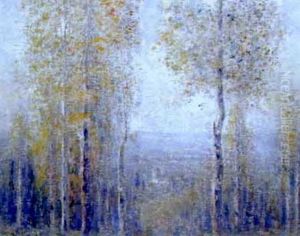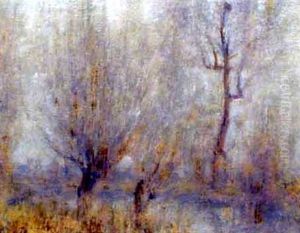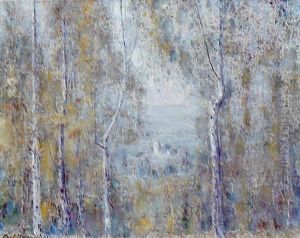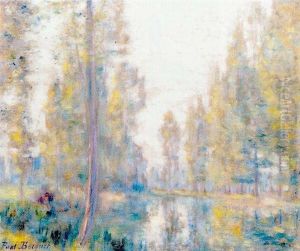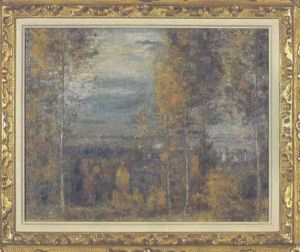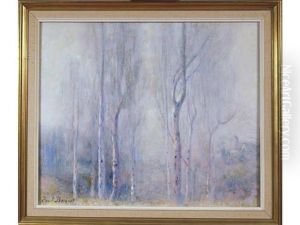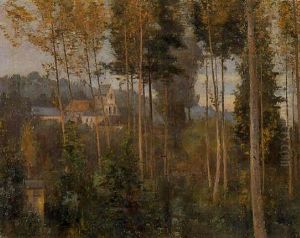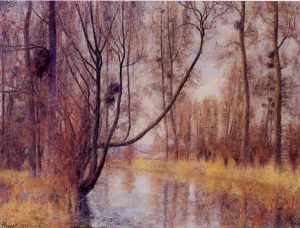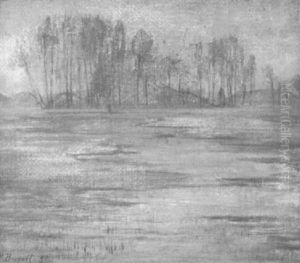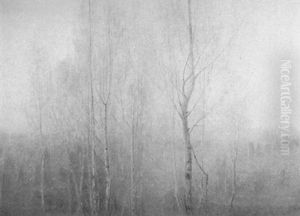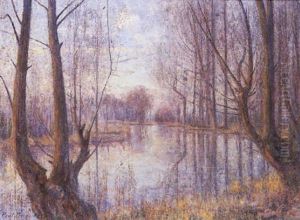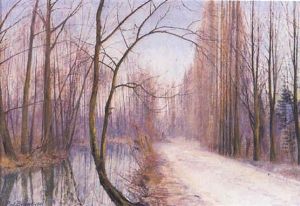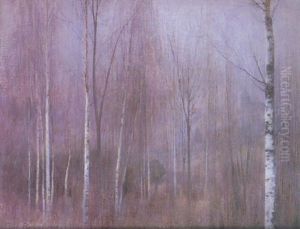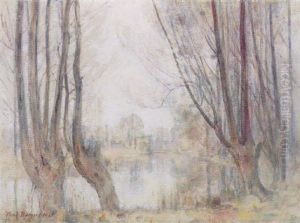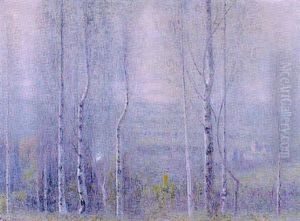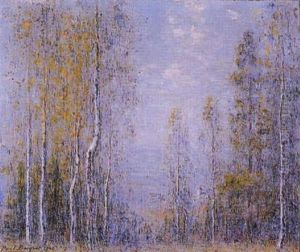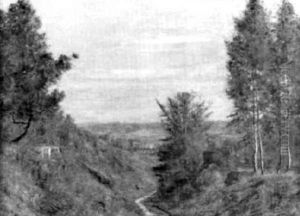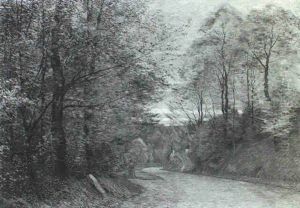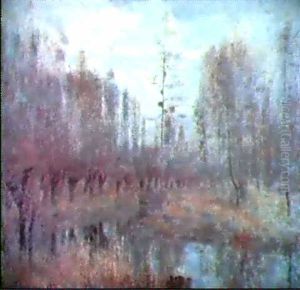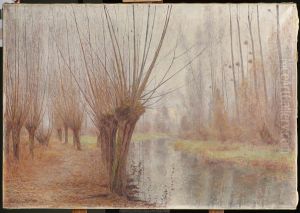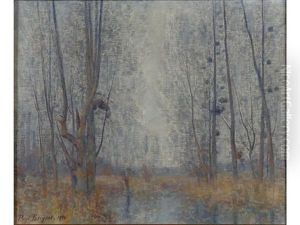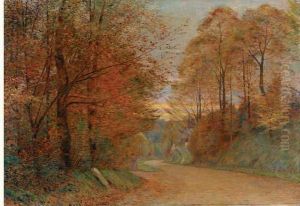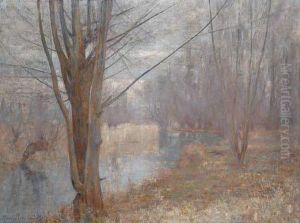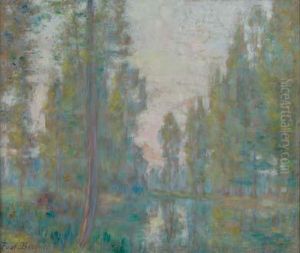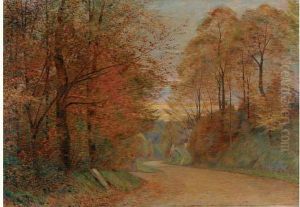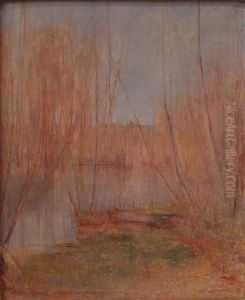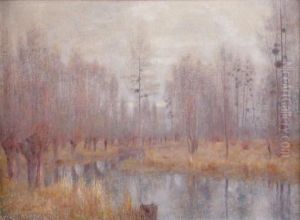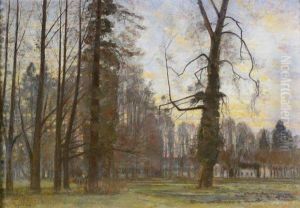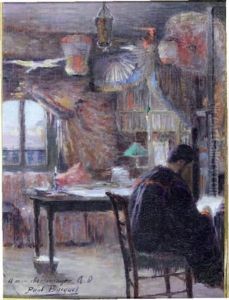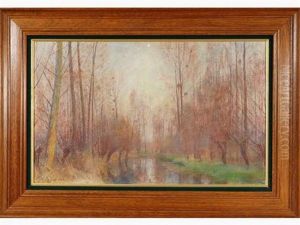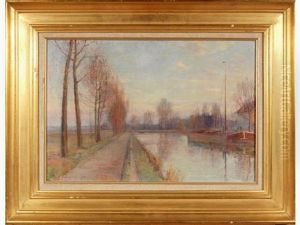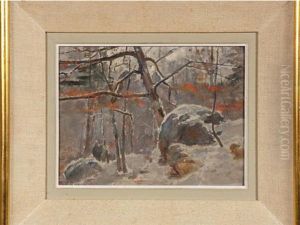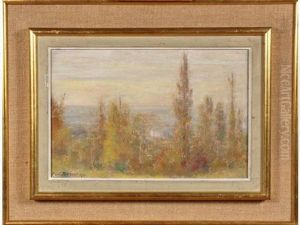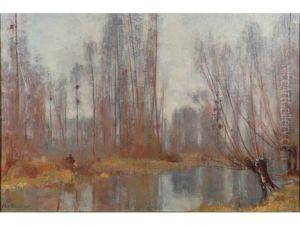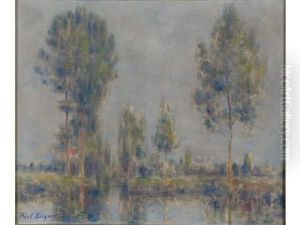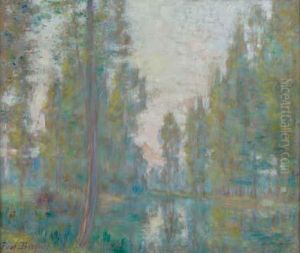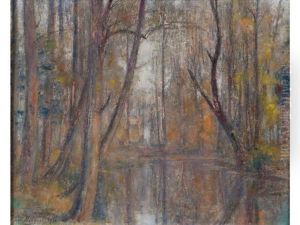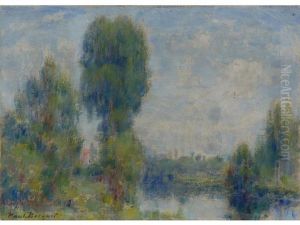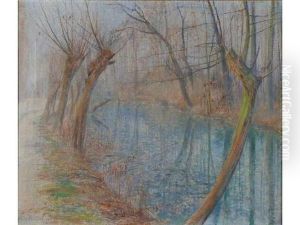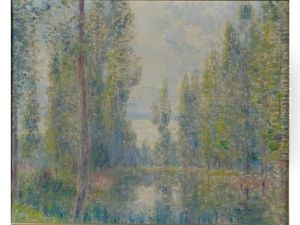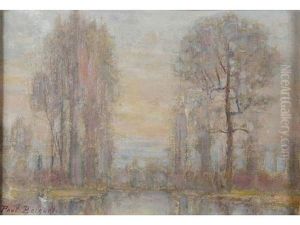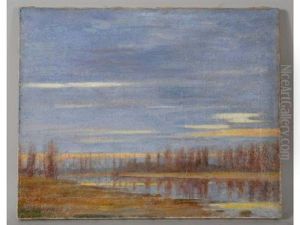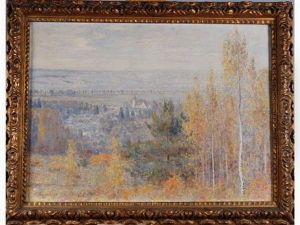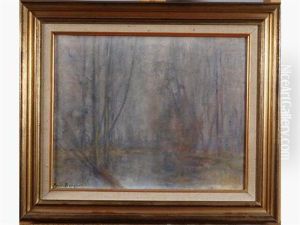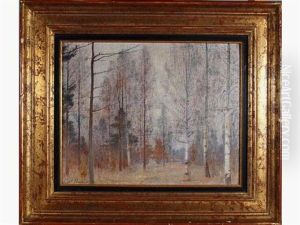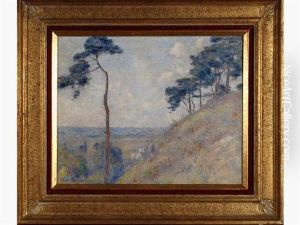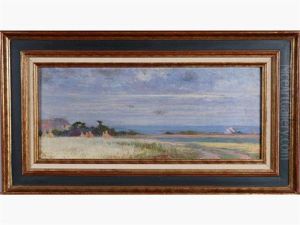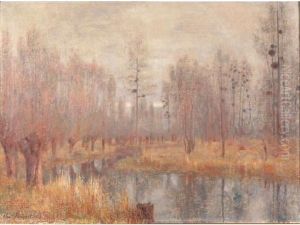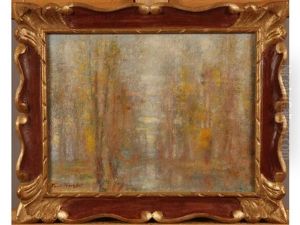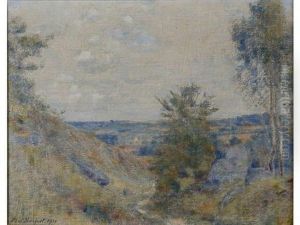Paul Bocquet Paintings
Paul Bocquet was a French artist, born in 1853 and passing away in 1937, whose work largely contributed to the art scene during the late 19th and early 20th centuries. Though not as widely recognized as some of his contemporaries, Bocquet's dedication to his craft and his unique perspective on the evolving styles of his time have earned him a respected place in the annals of art history. His life spanned an era of significant change in the art world, including the transitions through Impressionism, Post-Impressionism, and the beginnings of Modernism, all of which influenced his work to varying degrees.
Bocquet's early work reflected the academic traditions of the French art scene, with a focus on landscapes and portraiture that demonstrated a keen eye for detail and a deep appreciation for the natural world. As his career progressed, so too did his style, evolving to incorporate the looser brushstrokes and vibrant color palettes characteristic of the Impressionist movement. Despite this stylistic evolution, Bocquet remained somewhat peripheral to the core group of artists typically associated with Impressionism, such as Claude Monet and Pierre-Auguste Renoir. Instead, he charted a somewhat solitary path, blending various influences to create a body of work that was uniquely his own.
The turn of the century brought further evolution to Bocquet's art, as elements of Post-Impressionism and early Modernism began to appear in his work. His later paintings show an increasing interest in capturing the emotional and psychological dimensions of his subjects, a departure from the more observational approach of his earlier landscapes and portraits. Throughout his career, Bocquet exhibited his work in various salons and galleries, gradually gaining recognition and accolades for his contributions to French art.
Despite his achievements, Paul Bocquet has remained a somewhat enigmatic figure in art history, often overshadowed by his more famous peers. Nevertheless, his work offers a fascinating insight into the transitional period of late 19th and early 20th-century French art, embodying the shifts in style and technique that defined this pivotal era. Today, Bocquet's paintings can be found in private collections and museums across France, where they continue to be appreciated for their beauty and historical significance.
